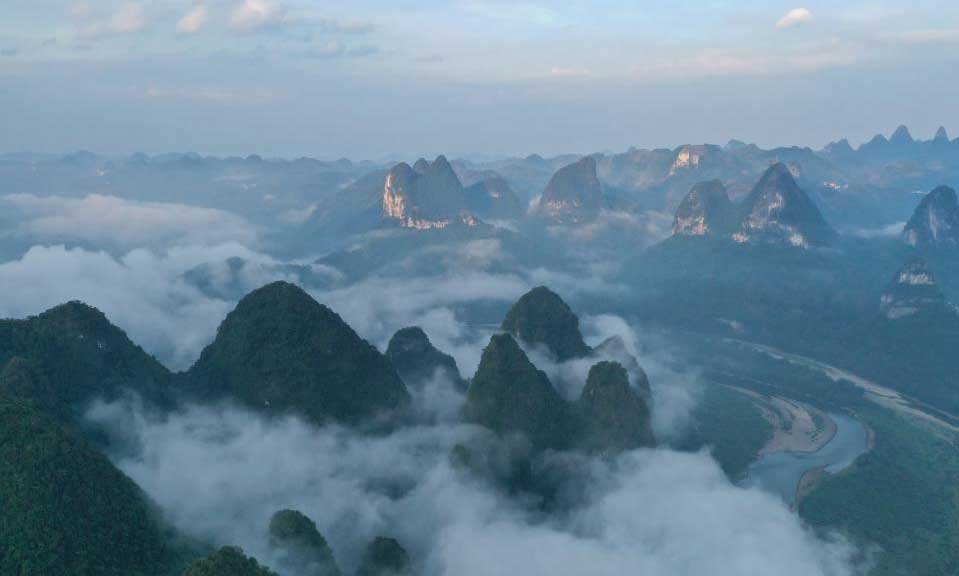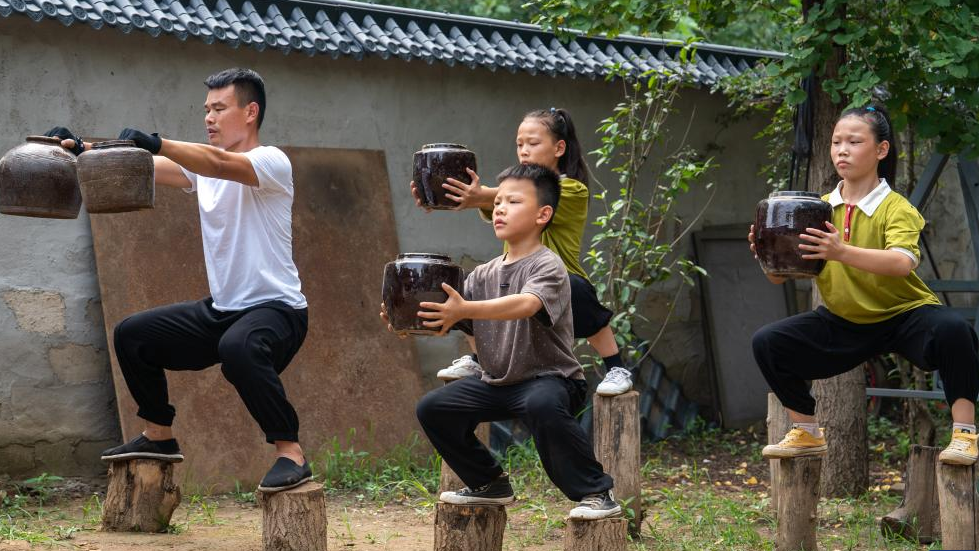Economic blocs serve US goals in supply chains
Experts say that Washington's strategy offers limited value to Asian countries involved
Editor's note: China Daily presents a series of in-depth reports to analyze how exclusive blocs create divides, conflicts and setbacks in the world, and how the greater international community works to shore up unity, peace and development.
In recent months, business advisers and scholars have raised sharp questions over the feasibility and the geopolitical intentions behind a slew of fresh exclusive economic blocs being pushed by the United States.
These new groupings have campaigned for a "free and open" economy, but the real plan is to secure US economic and geopolitical hegemony at the cost of existing relevant regional cooperation platforms and the very interests of countries around the world, they said.
The Indo-Pacific Economic Framework for Prosperity was launched during US President Joe Biden's visit to Japan in May.
The first in-person ministerial meeting of the framework is expected to be held Sept 8 and 9 in Los Angeles, Japan's Kyodo News agency quoted government sources as saying.
Aside from the US, the framework comprises 13 nations, including Australia, Japan, South Korea and some ASEAN member countries.
"The framework, known as the IPEF, is aimed at balancing Beijing's rising economic clout in the fast-growing region," Kyodo said.
Many business advisers, media and experts warned that the framework offers limited value for the Asian nations involved.
German broadcaster Deutsche Welle said the framework is not about a free-trade pact and that it boasts "high-standard commitments" to "deepen economic engagement".
The framework is an executive agreement that "will not require congressional approval, meaning that it will lack the force of law within the United States and will be at the mercy of changing political winds", South Korea's JoongAng Daily newspaper said on Aug 21.
Deborah Elms, founder and executive director of trade policy analyst the Asian Trade Centre in Singapore, said in a briefing for the National Press Foundation last month that "almost nothing in the Trans-Pacific Partnership is in IPEF."
The Trans-Pacific Partnership was a free-trade agreement that the administration of then US president Donald Trump withdrew from in 2017.
Wang Peng, a research fellow at Huazhong University of Science and Technology's Institute of State Governance, said the framework of the IPEF is "a combination featuring strong ideological values and norms "when pursuing a resilient and flexible supply chain that will minimize their ties with China.
"Engaging countries like Japan and South Korea will help sustain the US comparative advantage in cutting-edge sectors such as semiconductors and chips," he said.
At the same time, the US "aims to keep its allies and partners locked in various economic and defense arrangements" as it keeps lobbying the framework, contracting countries such as India and those in Southeast Asia to replace China's role in some middle- and low-end supply chains, he added.
Xu Liping, director of the Center of Southeast Asian Studies of the Chinese Academy of Social Sciences, said there are seven ASEAN countries among the framework's founding members.
"Joining the framework may sow discord and lead to conflict of interests between China and the seven ASEAN countries, and may mean more pressure on them when they are required by Washington to take a side between China and US," Xu said.
Separately, a group called The Partners in the Blue Pacific, an initiative including Australia, Japan, New Zealand, the United Kingdom and the US, mainly offering aid to Pacific island countries, was announced on June 24.
The five PBP countries said in a joint statement issued on that day that they are united in how they realize the initiative is to be "led and guided by the Pacific islands".
However, scholars and analysts from countries, including Australia and the US, criticized the initiative as "deceptive, controlling and hypocritical".
"The PBP initiative ... effectively forms a special group of five 'like-minded' partners with a shared interest in displacing or competing with China. This, then, becomes a new grouping in the regional architecture-an inner circle-which complicates and ignores existing structures," said an article by Greg Fry, honorary associate professor at Australian National University, and Tarcisius Kabutaulaka and Terence Wesley-Smith, both scholars with the University of Hawaii.
Zhong Feiteng, director of the Center of Regional Security Studies of the Chinese Academy of Social Sciences, said the initiative is "working on fanning up a new round of bloc confrontation in the pretext of advancing economic and development assistance".
In contrast, China has been working on collaboration and exchanges with Pacific island countries since the 1970s. From 1992 to 2021, the trade volume between China and Pacific island countries having diplomatic relations with China registered an average annual increase of 13 percent and expanded by over 30 times.
At the second China-Pacific Island Countries Foreign Ministers' Meeting on May 30, State Councilor and Foreign Minister Wang Yi announced that Beijing will make continued efforts to build six new cooperative platforms with the countries in the region. The platforms include the China-Pacific Island Countries Reserve of Emergency Supplies, the Climate Action Cooperation Center and the Poverty Reduction and Development Cooperation Center.
Photos
Copyright © 2022 People's Daily Online. All Rights Reserved.









